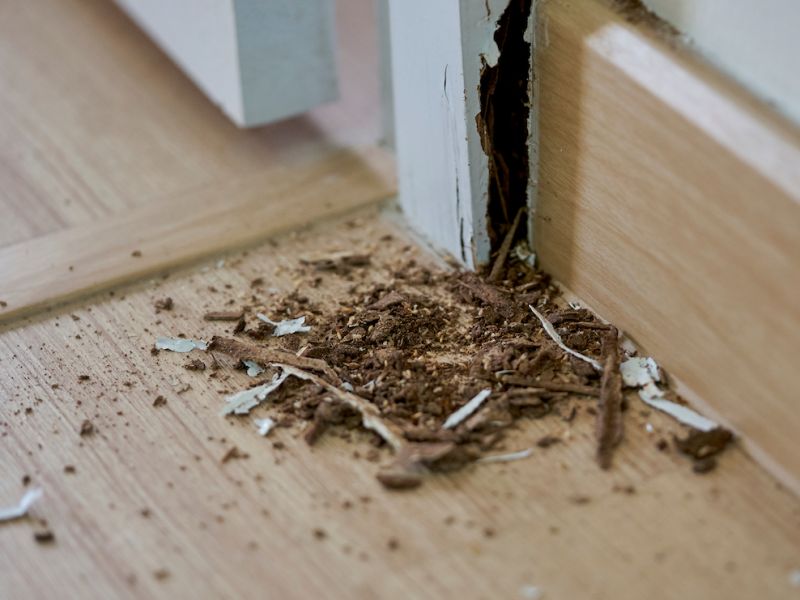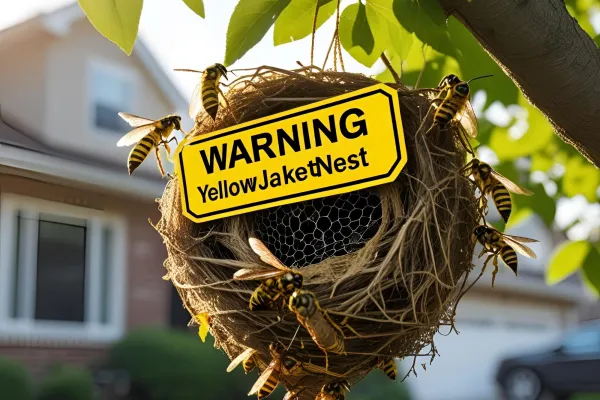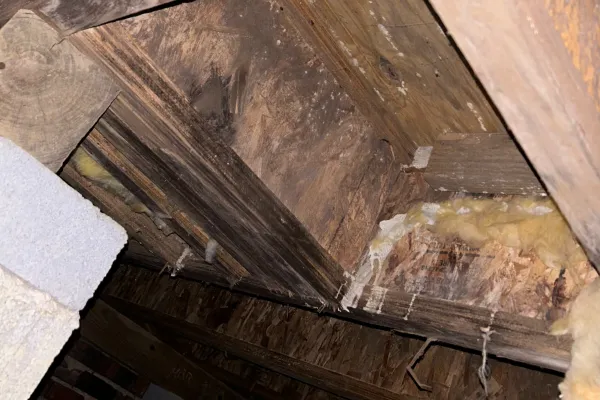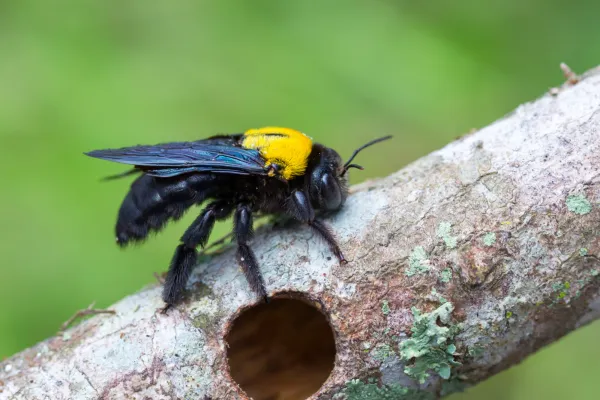Termite Damage vs Wood Rot

Damaged or rotting wood is extremely detrimental to any structure. Whether you are worried about your home, business, or any other wooden structure, it is vital to be able to determine the cause of the wood damage. Damage caused by termites and damage caused by rot can appear to be very similar. Our team of experts at Palmetto Exterminators has put together a guide to help you understand the differences between termite and wood rot damage, as well as the causes. Identifying damage, and knowing how to prevent it, is crucial to maintaining the integrity of your structure and staying one step ahead of potential pests.
Dry Rot
The most common type of wood rot that often gets mistaken for termite damage is called dry rot. Dry rot is a fungus that attacks the wood and hollows it out from the inside. Dry rot also makes the wood spongy and soft, weakening it. This characteristic is symptomatic of dry rot and you will not see this with termite damage. Wood suffering from dry rot will become spongy and stringy in texture and break off into rigid, cube-like pieces. Pieces unaffected by the rot will break off in long slivers.
Despite the name, dry rot typically only occurs in wet wood. Poor ventilation and a humidity level of about 20% to 30% create an ideal environment for dry rot fungi. Moisture, wood, oxygen, and poor ventilation are all you need to invite dry rot into the wood, plus dry rot spores. Dry rot spores are relatively common and float around the air of your home. They won’t be able to wreak their havoc, however, without the other pre-existing conditions. Dry rot spreads fast, so if you suspect your structure may be infected seek treatment immediately.
Wet Rot
Another kind of wood rot is wet rot. Wet rot, unlike dry rot, is not a fungus. Wet rot occurs when a piece of wood is continuously exposed to moisture. This can happen with regular element exposure or water damage to some areas of your home. Some common causes of wet rot are roof damage, plumbing system leaks, bath and shower trays, condensation, and blocked or leaky gutters.
Termites
If you can see wood damage but it isn’t quite like what was just described you may be suffering a termite infestation. Subterranean termites are the most common kind of termite found in the southeast. They build colonies underneath the soil and feed on cellulose material found in plants and wood. They eat away at wood making it hollow and weak. They can gain access to your home through foundational cracks or holes in walls. They love to chew tunnels through existing wooden structures, including your house.
The Carolinas are also home to Drywood termites and Formosan termites. Drywood termites prefer dry wood like in attics or structural walls. Their ability to burrow into items like picture frames and furniture make them hard to get rid of, so if you’re picking up wooden items from a store or market make sure to check them before bringing them into your house. Formosan termites, also known as the “super-mite” because of the damage they cause infest not only wooden structures like houses, but also chew on shrubs, trees, and even boats. If you find Formosan termites in your home, consider having your pest control specialist check other places around your property to ensure that all the termites have been removed.
Wood damaged by termites can appear normal on the outside but will have chewed-out tunnels and galleries on the inside. Termites favor wet wood, so if your dry wood is under attack it is most likely suffering from some kind of wood rot. If, however, you live in a more humid area, like the Carolinas, it can be tricky to determine how moist the wood in and around your home really is. Termites also favor wood that is in contact with your home’s foundation because it allows them to access the wood directly from the soil they call home. You are more likely to find termite damage in crawl spaces or basements because of this. A common misconception about termite behavior is that they start by attacking the facade of a piece of wood and then move toward the center. They actually start in the center and work their way outwards. This can make termite damage difficult to spot until extensive damage has already been done.
If the signs of termite damage sound a little too familiar for comfort, don’t wait until irreparable damage has been to your home to invest in termite control! Likewise, the standard weather conditions for the Carolinas, especially on the coast, create the perfect storm for termite infestation. Even if you don’t think they’ve made a home for themselves in your foundation yet, it could be a good idea to consider preventative treatment. Whatever your termite concerns or needs are, we are here to help. Our licensed team of pest control specialists will help you with any and all termite-related issues, whether that be removal or prevention. Call us today to explore all of our termite treatments or schedule a free pest inspection today!


